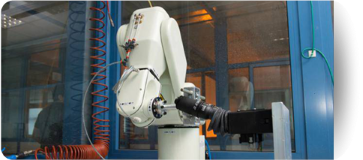
Innovative DNA
From "La fabbrica del Lavoro" / August 2014
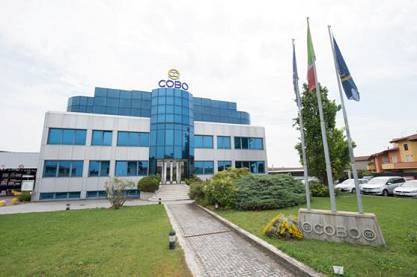
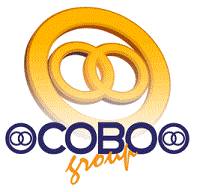
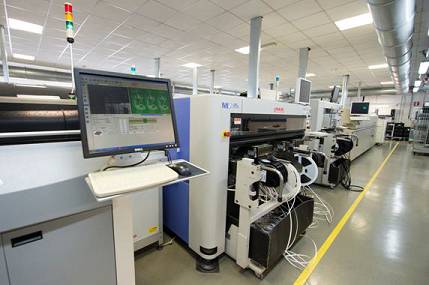 C.O.B.O. was established in 1949 out of the willpower and tenacity of two car electricians who decided to undertake an activity that could provide innovation and technical solutions to simplify the activities on vehicles and machinery. Innovation has always been the driving force of C.O.B.O.. In fact, it is thanks to the design and manufacture of the forerunners of modern contactors called TLC (light teleswitching) and TLR/R (relay with delay) that it was possible to replace the mechanical cable used till then to switch lights from low-to high-beam, with a more precise and functional electrical control.
C.O.B.O. was established in 1949 out of the willpower and tenacity of two car electricians who decided to undertake an activity that could provide innovation and technical solutions to simplify the activities on vehicles and machinery. Innovation has always been the driving force of C.O.B.O.. In fact, it is thanks to the design and manufacture of the forerunners of modern contactors called TLC (light teleswitching) and TLR/R (relay with delay) that it was possible to replace the mechanical cable used till then to switch lights from low-to high-beam, with a more precise and functional electrical control.
From 1949 till today the company has grown and expanded in five continents and supplies companies in 65 countries. We are specialists, explains engineer Carlo Linetti, C.O.B.O. Manager, in the development and supply of electronic, electro-mechanical and mechanical components with five ranges of product, which have more than 70,000 references (codes). Thanks to our R&D department we are able to satisfy the most varied requirements. We are also able to create new products working side-by-side with our clients to find the right solutions to their specific needs or generating shelf products that meet the requirements of the market.
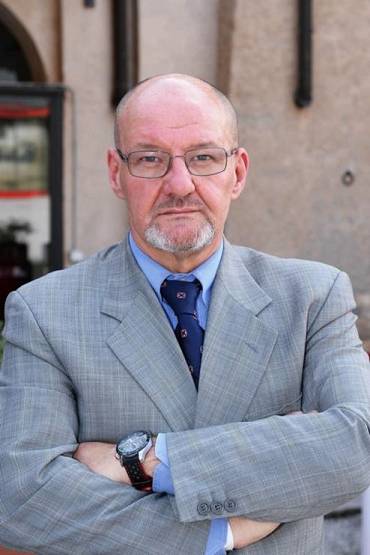

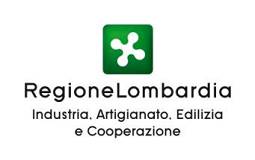 For example, follows Mr Linetti, we can mention the long and profitable collaboration with Pagani, a car-manufacturing company, highly technological, and that, as in the case of the Huayra model, uses the instrument panel we manufacture as well as many other components. Today C.O.B.O. group is made up of eight production companies (five in Italy plus other three abroad).
For example, follows Mr Linetti, we can mention the long and profitable collaboration with Pagani, a car-manufacturing company, highly technological, and that, as in the case of the Huayra model, uses the instrument panel we manufacture as well as many other components. Today C.O.B.O. group is made up of eight production companies (five in Italy plus other three abroad).
Every year the Group invests important resources in Research & Development and uses cutting-edge technologies in the optical and electronic fields. Highly-skilled teams develop new ideas and realize projects using both internal and external lab equipment, subcontracting important research centres. The planning stage is developed using the most widespread programs such as CAD, ProE and Catia, as well as the more evolved software in order to simulate, for example, light diffusion and colour from a 3D file. Programming and developing customised software for 'global solutions' for any kind of machines, using standard international programming languages.
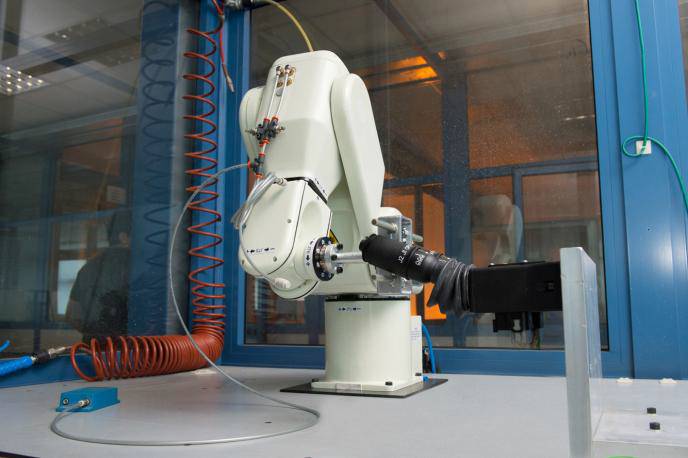
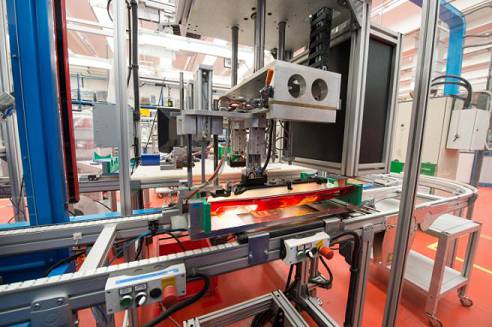
The main objective of the group is to constantly enhance its performance in terms of overall quality of the service supplied, protecting the environment and the work force, and to create with their customers a long-term relation, characterised by a strong bond at technical level too.


